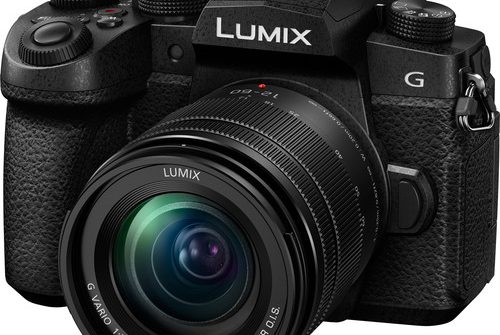There’s so much more to black and white than the simple removal of color. We must understand both color and tone, plus their relationship with the world of monochrome. Here are 10 tips to help you become a better black and white photographer.
![]()

Back in film days, you loaded up a 24 or 36 exposure film and shot away until it was used up. Frames were precious because when your film was gone, it was all over. Digital removed that barrier, which has just created different problems. So, should you delete photos and, if you do, when should you stop?
![]()

Lightroom was one of the first serious photo-editing tools I used when I was getting started with photography, and it’s still a mainstay of my editing workflow. Whether you’re new to Lightroom or a veteran user, there are several unique considerations of the software: some are quirks of the program, while others are more recent changes that can impact your established workflow.

One of the first devices I bought for my office when I started with photography was, in addition to a proper monitor, a calibration device. Editing my photos with accurate colors and brightness has always been a priority for me. And the use of a colorimeter and monitor calibration software is a requirement for achieving those. In this article, I explain how to use such a calibration system.

Night photography can be technically daunting. Even with modern cameras, it’s not easy to capture high-quality night photos. While photographing the stars already requires high ISOs combined with wide apertures, capturing details in the landscape is even more difficult in the dark. In this article, I walk you through my night photography workflow, which combines image averaging with time blending and focus stacking to achieve high-quality results.